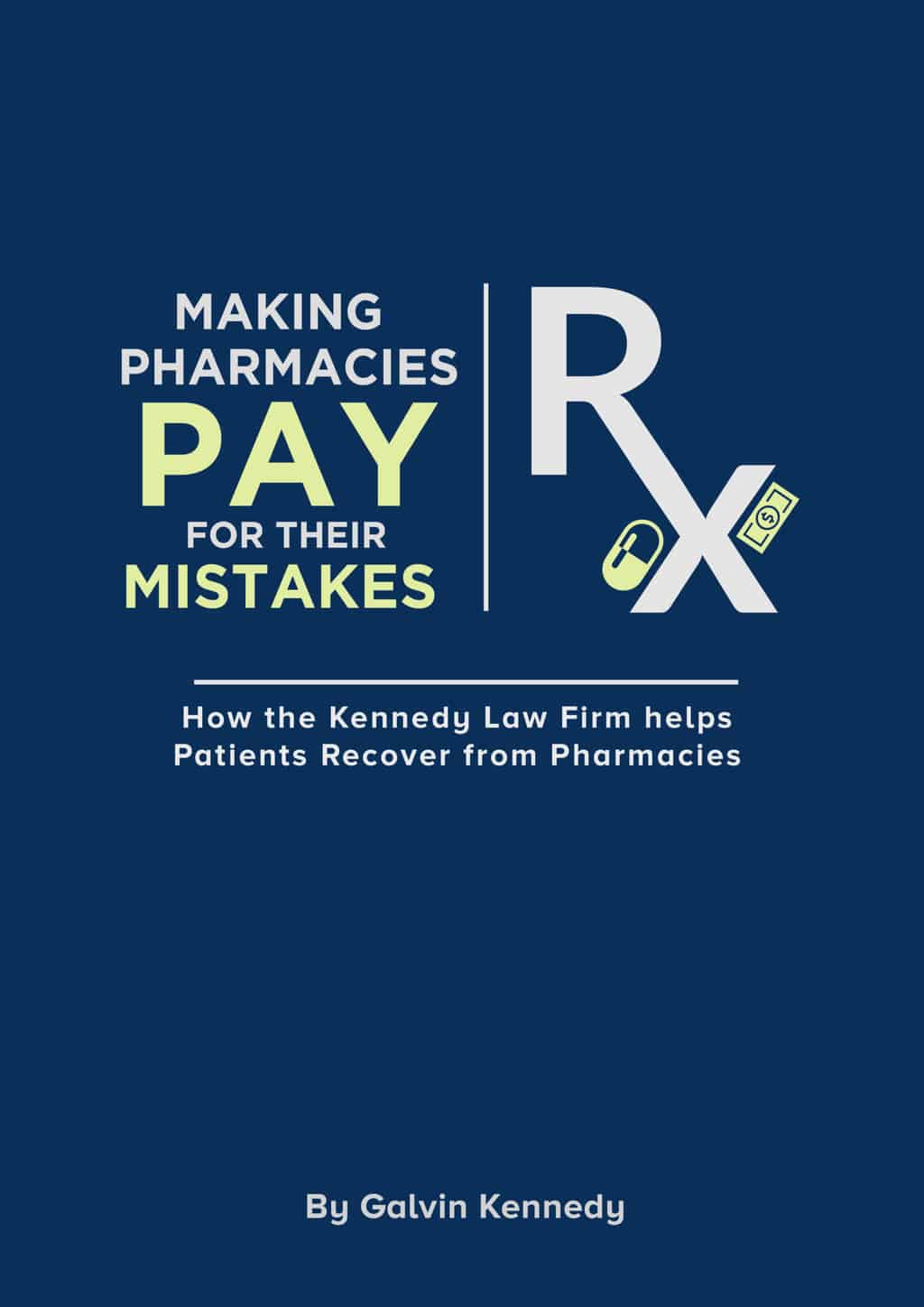The duty of a pharmacy to make sure prescriptions are not contraindicated is an important responsibility that should not be taken lightly. Contraindications are conditions or situations in which a drug, procedure, or treatment should not be used because it may be harmful to the patient. Pharmacists must be aware of the potential for contraindications and take steps to ensure that prescriptions are not contraindicated.
The first step in avoiding contraindications is to ensure that the patient’s medical history is up to date. Pharmacists should ask the patient about any current medications, allergies, and medical conditions. This information should be documented in the patient’s medical record. The pharmacist should also review the patient’s medical record to ensure that the patient is not taking any medications that could interact with the new prescription.
The second step is to review the prescription for any potential contraindications. The pharmacist should check the drug’s label for any warnings or contraindications. The pharmacist should also check the patient’s medical record to ensure that the patient is not taking any medications that could interact with the new prescription. If the pharmacist finds any potential contraindications, they should contact the prescribing physician to discuss the risks and benefits of the medication.
The third step is to ensure that the patient understands the risks and benefits of the medication. The pharmacist should explain the potential side effects and contraindications of the medication to the patient. The patient should also be informed of any potential interactions with other medications or supplements they may be taking. The patient should be given the opportunity to ask questions and should be encouraged to report any adverse reactions to the medication.
The fourth step is to monitor the patient’s response to the medication. The pharmacist should follow up with the patient to ensure that the medication is working as expected and that there are no adverse reactions. The pharmacist should also monitor the patient’s medical record for any changes in the patient’s condition that could indicate a contraindication.
The fifth step is to report any contraindications to the prescribing physician. If the pharmacist finds any potential contraindications, they should contact the prescribing physician to discuss the risks and benefits of the medication. The physician may decide to adjust the dosage or switch to a different medication. Failure to take these steps can have serious consequences for the patient. Contraindicated medications can cause serious side effects, including allergic reactions, organ damage, and even death. In addition, contraindicated medications can interact with other medications, leading to dangerous drug interactions. It is the responsibility of the pharmacist to ensure that prescriptions are not contraindicated and that the patient is aware of the potential risks and benefits of the medication.
In conclusion, it is the duty of the pharmacist to make sure prescriptions are not contraindicated and to ensure that the patient is aware of the potential risks and benefits of the medication. Pharmacists should take steps to ensure that the patient’s medical history is up to date, review the prescription for any potential contraindications, explain the potential side effects and contraindications to the patient, monitor the patient’s response to the medication, and report any contraindications to the prescribing physician. Failure to take these steps can have serious consequences for the patient.
Contact our firm today for a free case review. We work on a contingency fee basis, and are not paid unless we obtain a successful recovery for you.
References
1. American Pharmacists Association. (2020). Contraindications. Retrieved from https://www.pharmacist.com/contraindications
2. U.S. National Library of Medicine. (2020). Drug Interactions. Retrieved from https://medlineplus.gov/druginteractions.html
3. U.S. Food and Drug Administration. (2020). Drug Interactions. Retrieved from https://www.fda.gov/drugs/drug-safety-and-availability/drug-interactions
4. U.S. National Library of Medicine. (2020). Drug Interactions Checker. Retrieved from https://www.nlm.nih.gov/medlineplus/druginteractions.html
5. U.S. National Library of Medicine. (2020). Drug Interactions: What You Should Know. Retrieved from https://medlineplus.gov/druginteractions/whatyoushouldknow.html

Pharmacy errors can cause death or significant health concerns. If you think that you have been harmed due to a
Pharmacy negligence results in 1.5 million injuries to people in the US each year. These errors happen in the hospital
Pharmacists are required by law and by definition of their duties to provide specific care to their customers and patients
